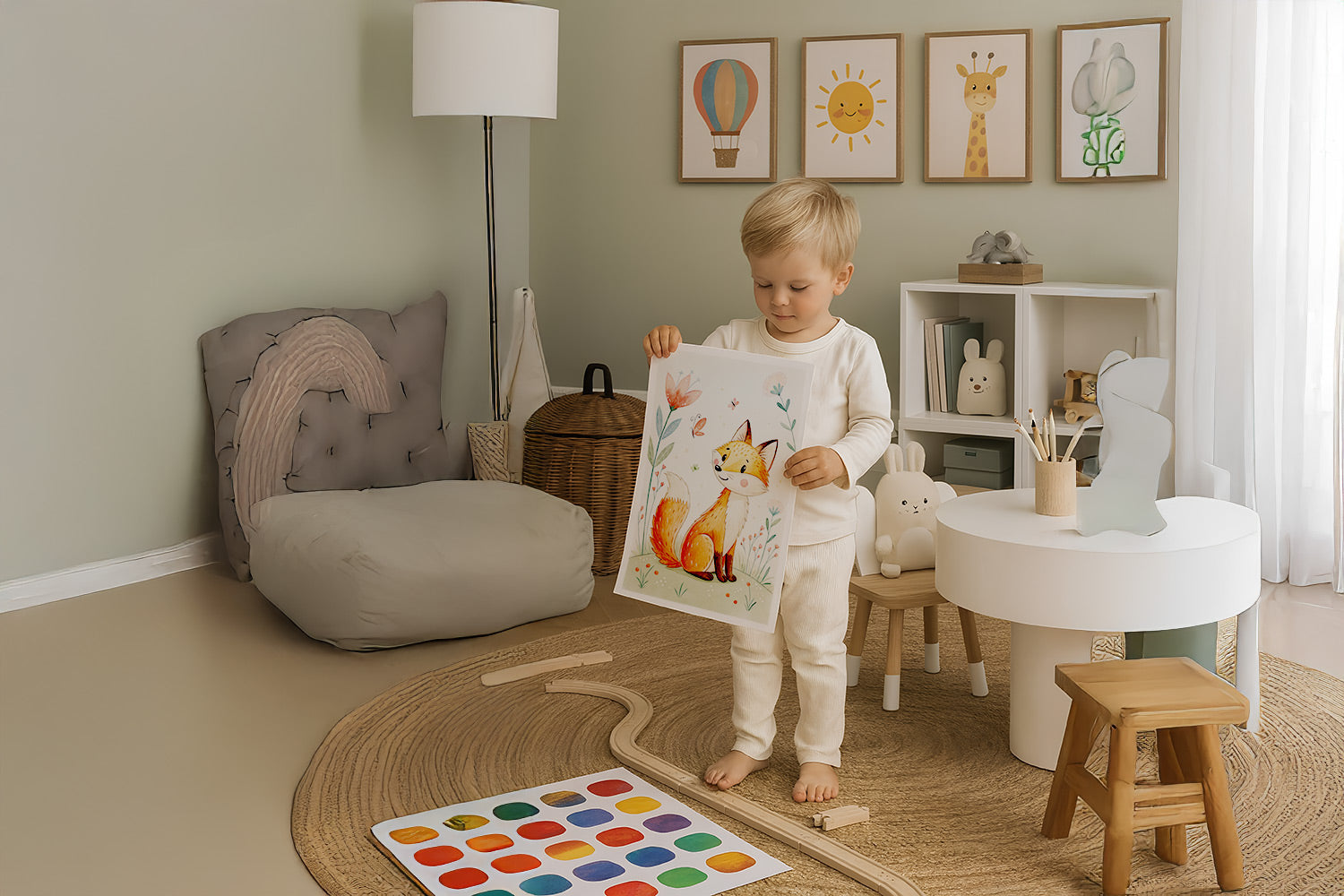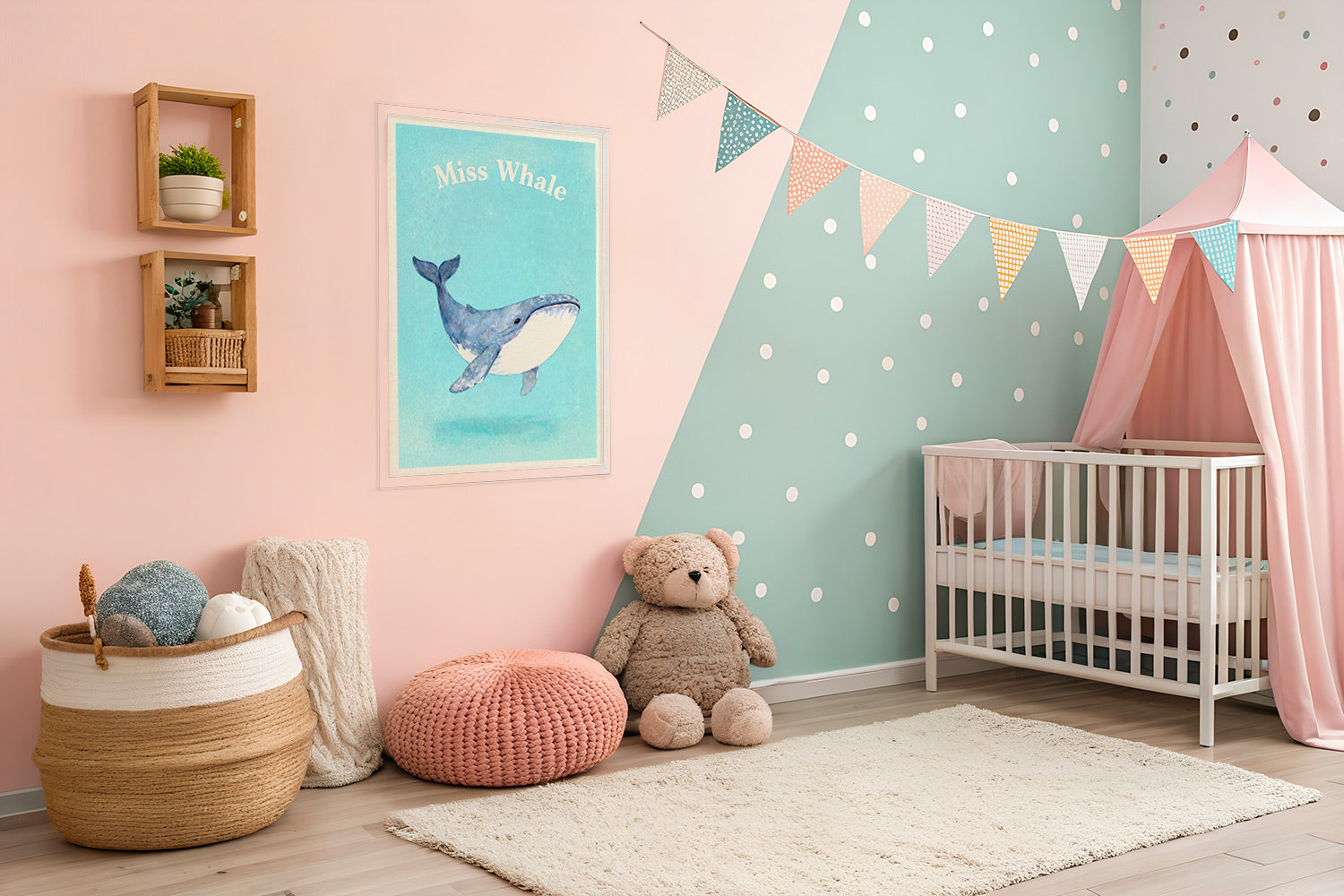Dune by Frank Herbert: origins, the novels’ path and a creative perspective
At the beginning: dunes that would not be controlled
Before Dune grew into a long-running saga, it began as the notes of a journalist. Frank Herbert was fascinated by sand. Not the sort under deckchairs, but the shifting, invasive dunes that consume roads and fences. In the Pacific Northwest, projects tried to keep them still. Herbert saw more than erosion. He noticed a system at work: wind, soil, vegetation, people, money, belief — and consequences that nobody expected.
From this came a question: what if a whole planet were governed by scarcity? No free water. Every action a trade-off. Such a place would shape its politics, faith, stories and commerce. Herbert turned the thought into a narrative of clans, dynasties, religions and a substance so valuable it made space travel possible. Dune isn’t prophecy; it’s politics and ecology woven tightly together.

Dune, first edition (1965)
From serialisation to a hardback
The earliest readers didn’t buy Dune as a book. They read it piece by piece in a science-fiction magazine. That format gave Herbert room to shift tone and structure, while readers adjusted to his strange desert world. The hardback in 1965 brought the parts together and carried Arrakis far beyond the magazine audience. Word spread across universities and amongst readers who liked political systems more than constant explosions.
Two references help anyone keep their bearings: Wikipedia: Dune (novel) and the fan-built Dune Navigator, full of timelines and cross-links.

US first edition of Children of Dune (1976)
Why the setting hasn’t aged
Dune is often described as heavy, yet it holds attention because Herbert set hard limits. On Arrakis, water dictates behaviour. Stillsuits aren’t costumes, but survival gear. Settlements follow the wind. Customs preserve every drop. Even gestures carry water politics inside them.
The other hook is scale. Herbert zooms from a bead of sweat to an interstellar bargain. This movement prompts readers to ask similar questions of their own world: which daily habits underpin whole industries? Which myths hold institutions together until they fracture?
The novels in sequence
The 1965 book was followed by a chain of sequels. The early ones examined consequences. Later volumes stretched the timeline and scrutinised institutions. You don’t need to read every title to appreciate Arrakis, but the order shows Herbert’s craft: establish a local rule, test it across generations, let the culture reply.
It looks much like systems design. Introduce something, watch people adapt, and note how small conditions create unexpected outcomes. Some read for sandworms, others for the feedback cycles.

Arrakis art print
Ecology, faith and power
The desert isn’t scenery. It disciplines everyone in the narrative. The Fremen way of life is a strict manual for survival: reclaimed water is measured, the suit catches every trace, steps take rhythm to avoid stirring the wrong thing. Even speech compresses ideas to save breath.
Faith in Dune grows out of necessity. It aligns people but can be twisted. Herbert never lets the reader forget that authority loves neat slogans — ones worth questioning.

Spice, the guild, and scarcity economics
Spice is the rare element that sustains galactic travel. The guild requires it, merchants exploit it, the locals have no choice. A rare input creates a web of dependence. Even critics need it to keep systems running. That tension drives the plot forward without any chase scenes.
Visually, spice also tilts the palette. Ochre, rust, brown. Metal looks dusted, fabric feels functional. Scarcity sets the mood in colour as well as in story.
Dune’s visual footprint
Artists and designers have borrowed from Dune for decades. Large planes, small figures, monolithic shapes, space left quiet. Typography tends to be sharp and geometric. The visual style leaves room for silence. You can almost sense the wind in still images.
At Posterscape, our Dune-inspired pieces use paper with tooth and inks that hold crisp edges. Limited colour, clear shape, breathing space. A poster needs to work from across the room. Arrakis makes sense at that scale.

From desert to decoration
A poster is a stage with one frame. Scale and rhythm are the tools. A lone figure dwarfed by a vast plane, repeating marks pulling the eye. From distance it rests quietly. Up close, texture emerges.
The palette leans warm: sand, rust, smoke. Cool accents can soften the heat, more dusk than midday sky. Typography is restrained, spacing wide. The artwork leads; text is secondary.
Practical and a little playful
Herbert sprinkled humour through serious moments. The sandwalk looks solemn until you picture a group of people doing it together. The stillsuit is ingenious and yet distinctly unglamorous. Even leaders smell of labour. That honesty has a comic undertone. Good design often shares that quality: understated but effective.
Order of reading and resources
If you’re starting, the original novel is the gateway. Follow the publication sequence for the rest. The first two work as a pair, the mid-series books expand time and institutions, the later ones close loops. To keep track of characters and lore, use Wikipedia and Dune Navigator.
Background material includes interviews and essays that explore ecological roots. They show how a regional problem inspired a galactic story — and how that same logic can shape design.
From draft to wall
At Posterscape, we start with thumbnail sketches. Horizon line, scale, density. Then we block values: light, mid, dark. If the shape reads there, it will work with colour. Sand is hinted, not traced. Short strokes, stippling, gradients suggest texture. Text is placed against mid-tones to stay legible in shifting light.

Hanging tips
A single large print above the sofa, a pair down the hallway, a panoramic crop in a workspace. Wood frames lend warmth, metal keeps it contemporary. A mount adds breathing room. Testing with paper cut-outs at full size is the simplest way: if it feels right when you enter, it works.
Why Dune works on a wall
Dune encourages patience. Posters echo that. They don’t demand attention; they hold space. In communal rooms that steadiness matters. And yes, suggesting a sandworm in shadow is always satisfying.
Read it, then choose
Haven’t read the book yet? Begin there. Use this overview and Dune Navigator to stay oriented. To bring that mood into your own home, browse our collection designed with those constraints in mind: Posterscape Dune Collection.
The novels reward attention. Well-designed prints do the same. Different forms, similar habits.


Leave a comment
This site is protected by hCaptcha and the hCaptcha Privacy Policy and Terms of Service apply.